How is Gum Disease Treated?
Dentists typically treat gum disease in a few different ways, depending on how serious the condition is. More advanced gum disease will require more intensive therapy than mild gum disease. Prevention matters too. Regular dental check-ups and cleanings remove plaque and tartar that cause gum disease and lower your risk of developing it in the first place.
Treating Gum Disease
What is Gingivitis?
Gingivitis is a gum disease that results in the inflammation of the gums, or the gingiva, which is the area of the gum that directly surrounds the teeth. It can be painful, annoying to deal with, and if left untreated, can lead to a more serious disease called periodontitis which can result in tooth loss. Gingivitis is both easy to recognize and easy to prevent.
Five Warning Signs of Gum Disease you Shouldn't Ignore
What Happens if Periodontal Disease goes Untreated?
Are you one of the 70% of Adults with Gum Disease?
Reverse the Early Signs of Gum Disease Without Surgery
At its earliest stages, you can reverse the early signs of gum disease by becoming more diligent with flossing, brushing and using a tongue scraper. Tongue scrapers can be found at drugstores, but even toothbrushes are now designed with a tongue scraper. If there isn't one handy, popsicle sticks work in a pinch. Your six-month checkups become 3-month cleanings to see how you're progressing. Besides better oral hygiene, use a plaque-removing mouthwash, change your toothbrush every 3 months and keep brushes as clean as possible.









